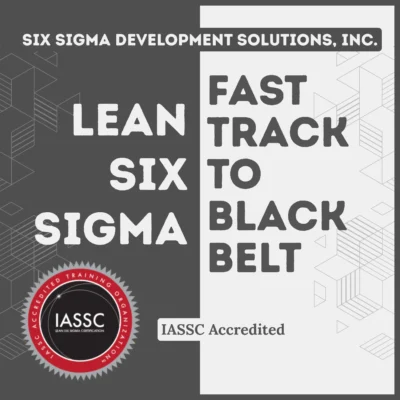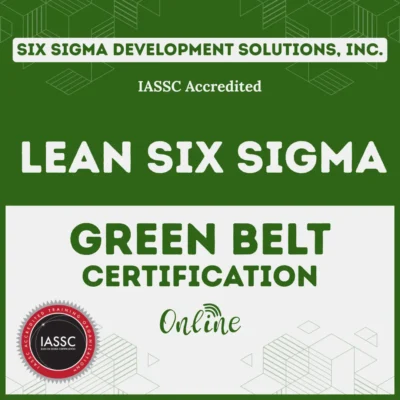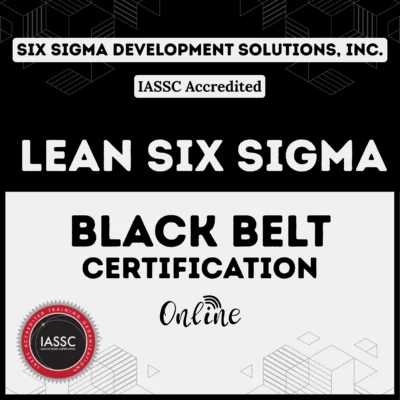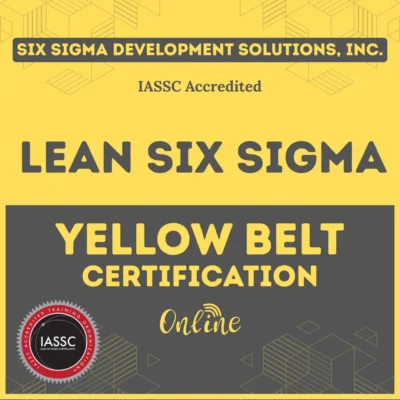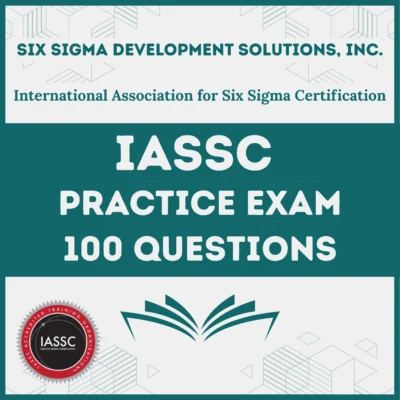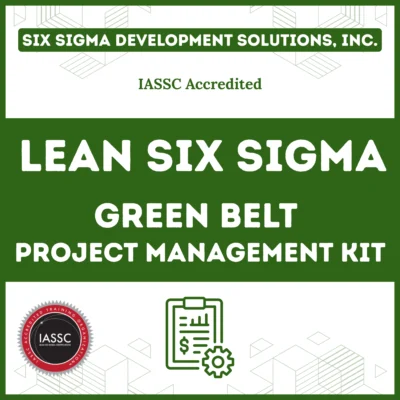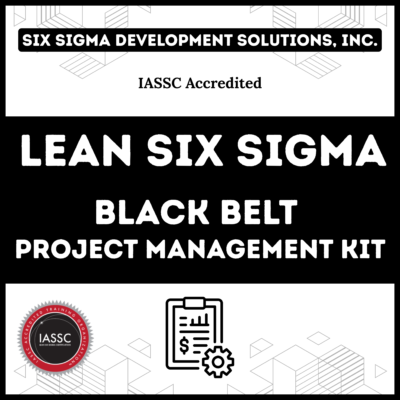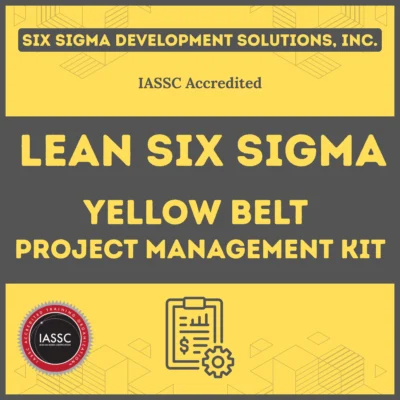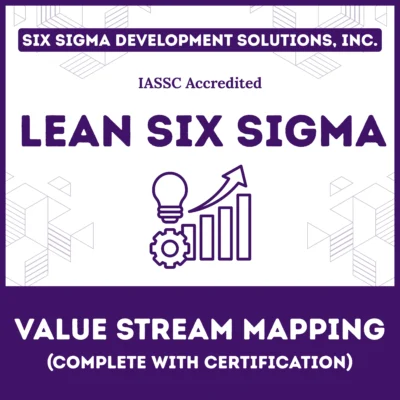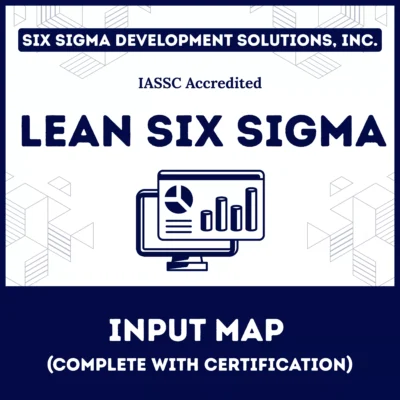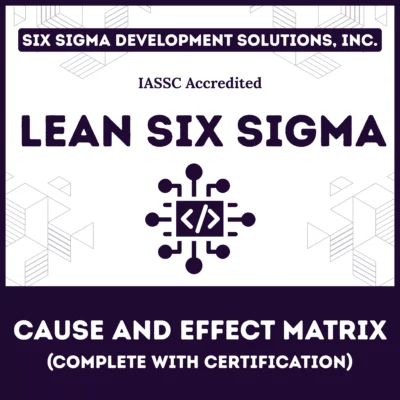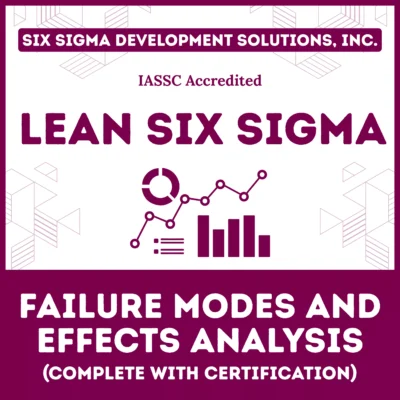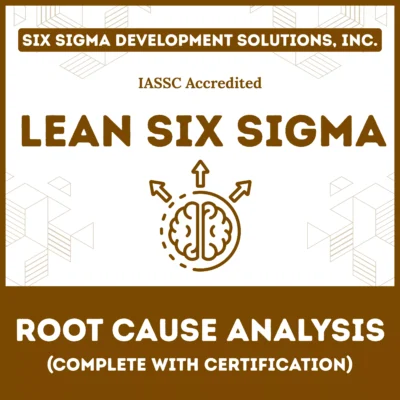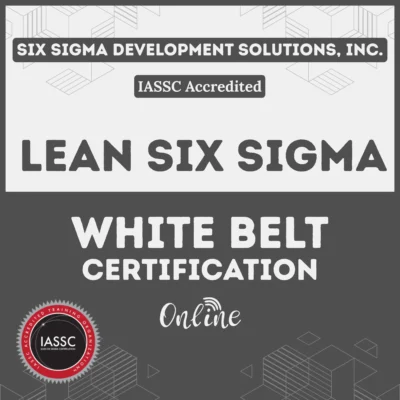Process optimization definition encompasses the methodical improvement of manufacturing workflows to achieve maximum efficiency with minimum resource consumption. This business process optimization approach involves analyzing current operations, identifying bottlenecks, and implementing strategic changes that streamline production while maintaining or improving quality standards.
Manufacturing optimization goes beyond simple efficiency improvements. It represents a holistic approach that considers every element of your production system, from raw material handling to final product delivery. The process optimization meaning extends to creating sustainable, scalable systems that adapt to changing market demands while maintaining consistent performance levels.
Successful manufacturing process optimization requires understanding the interconnected nature of production systems. When you optimize one area, it creates ripple effects throughout your entire operation. Therefore, effective optimization strategies must consider these relationships to prevent unintended consequences that could undermine overall performance.
Table of contents
What Is Process Optimization in Manufacturing?
Process optimization refers to the systematic approach of improving manufacturing workflows to maximize efficiency, reduce costs, and enhance product quality. At its core, it’s about making every step in the production process as effective as possible. By analyzing and refining workflows, manufacturers can eliminate bottlenecks, minimize waste, and ensure resources are used optimally.
In manufacturing, process optimization goes beyond tweaking a single task. It involves a holistic review of operations, from raw material sourcing to final product delivery. The goal? To create a lean, agile, and cost-effective production system. For instance, business process optimization in manufacturing might involve automating repetitive tasks, reorganizing assembly lines, or adopting advanced technologies like AI.
Key Benefits of Manufacturing Process Optimization
- Increased Efficiency: Streamlined processes reduce production time.
- Cost Savings: Less waste and fewer errors mean lower expenses.
- Improved Quality: Optimized workflows ensure consistent output.
- Scalability: Efficient systems adapt easily to growth or market changes.
- Sustainability: Reduced resource use supports eco-friendly practices.
Public, Onsite, Virtual, and Online Six Sigma Certification Training!
- We are accredited by the IASSC.
- Live Public Training at 52 Sites.
- Live Virtual Training.
- Onsite Training (at your organization).
- Interactive Online (self-paced) training,
Why Optimize Manufacturing Processes?
The manufacturing sector is no stranger to challenges—rising material costs, labor shortages, and global competition demand smarter ways of working. Production process optimization addresses these pain points head-on. By focusing on operations optimization, manufacturers can stay ahead of the curve.
For example, a factory struggling with delayed shipments might discover that outdated machinery or inefficient scheduling is the culprit. Through process optimization techniques, such as lean manufacturing or Six Sigma, they can pinpoint inefficiencies and implement targeted solutions. The result? Faster turnaround times and happier customers.
Moreover, optimization in manufacturing isn’t just about fixing what’s broken. It’s about proactively improving systems to prevent issues before they arise. This forward-thinking approach ensures businesses remain agile in a dynamic market.
How to Optimize Manufacturing Processes?
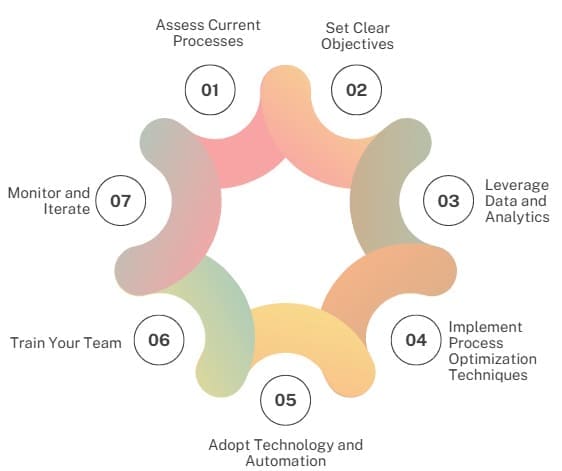
Wondering how to optimize processes in your manufacturing facility? Here’s a practical, actionable roadmap to get started:
Step 1: Assess Current Processes
Begin by mapping out every step in your production workflow. Use tools like process mapping or value stream mapping to visualize how materials, information, and tasks flow through your facility. Identify bottlenecks, redundancies, or delays. For instance, are machines sitting idle due to poor scheduling? Are workers waiting for materials?
Step 2: Set Clear Objectives
Define what optimization in business means for your operation. Are you aiming to reduce production time by 20%? Cut material waste by 15%? Increase output without hiring more staff? Clear goals guide your business process optimization strategy and help measure success.
Step 3: Leverage Data and Analytics
Data is the backbone of process optimization solutions. Use sensors, IoT devices, or manufacturing execution systems (MES) to collect real-time data on machine performance, cycle times, and defect rates. Analyze this data to uncover inefficiencies. For example, predictive maintenance can prevent costly machine downtime.
Step 4: Implement Process Optimization Techniques
Several proven methodologies can drive manufacturing process optimization:
- Lean Manufacturing: Eliminate waste (e.g., excess inventory, overproduction) to streamline operations.
- Six Sigma: Use statistical analysis to reduce defects and improve quality.
- Kaizen: Encourage continuous, incremental improvements across teams.
- Total Quality Management (TQM): Focus on customer satisfaction through consistent quality.
Step 5: Adopt Technology and Automation
Modern tools like AI process optimization and robotics can revolutionize manufacturing. For instance, AI algorithms can predict demand, optimize inventory, and even suggest real-time adjustments to production schedules. Automation reduces manual errors and speeds up repetitive tasks.
Step 6: Train Your Team
Even the best process optimization tools are ineffective without a skilled workforce. Invest in training to ensure employees understand new systems and processes. Engaged workers are more likely to embrace business process optimization and contribute ideas for improvement.
Step 7: Monitor and Iterate
Optimization is not a one-time fix. Regularly review performance metrics, gather employee feedback, and adjust processes as needed. Continuous improvement is the heart of optimizing operations.
Process Optimization Tools and Technologies
To optimize business processes effectively, manufacturers rely on a suite of tools and technologies. Here are some game-changers:
- Manufacturing Execution Systems (MES): These platforms track and control production in real time, providing insights into machine performance and workflow efficiency.
- Enterprise Resource Planning (ERP) Software: Tools like SAP or Oracle integrate operations, from inventory management to supply chain logistics.
- IoT and Smart Sensors: These devices monitor equipment health, reducing downtime through predictive maintenance.
- AI and Machine Learning: AI-driven analytics can optimize scheduling, predict demand, and even detect quality issues before they escalate.
- Robotic Process Automation (RPA): Automate repetitive tasks like data entry or material handling to free up human workers for higher-value tasks.
For example, a car manufacturer might use an MES to monitor assembly line performance, identifying a bottleneck at the welding station. By integrating IoT sensors, they could predict when a machine is likely to fail and schedule maintenance proactively.
Examples
Let’s look at how process optimization in manufacturing plays out in practice:
Example 1: Toyota’s Lean Manufacturing
Toyota revolutionized the industry with its lean manufacturing approach. By focusing on production optimization, they eliminated excess inventory and reduced production times. Their “just-in-time” system ensures parts arrive only when needed, slashing storage costs.
Example 2: General Electric’s Six Sigma Success
GE adopted Six Sigma to optimize its manufacturing processes, reducing defects in jet engine production. By analyzing data and refining workflows, they saved billions while improving product reliability.
Example 3: AI-Powered Optimization
A beverage company used AI process optimization to streamline its bottling process. Machine learning algorithms analyzed production data to optimize machine settings, reducing energy use by 10% and boosting output by 15%.
These examples show that business process optimization examples aren’t just theoretical—they deliver measurable results.
Advanced Process Optimization Solutions
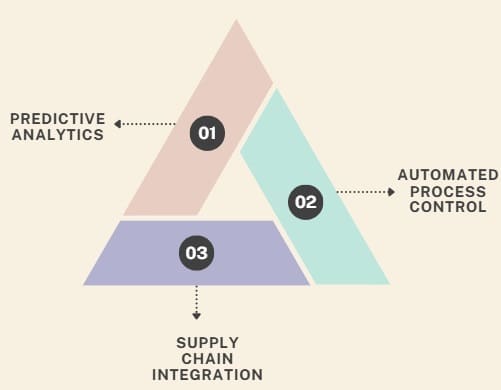
Predictive Analytics
Predictive analytics transforms manufacturing optimization from reactive to proactive approaches. By analyzing historical data patterns, predictive models forecast equipment failures, quality issues, and production bottlenecks before they occur. This foresight enables preventive actions that maintain optimal operations.
Machine learning algorithms continuously improve prediction accuracy as they process more data. This continuous learning creates increasingly sophisticated optimization capabilities that adapt to changing conditions automatically.
Automated Process Control
Automated control systems optimize processes continuously without human intervention. These systems monitor key performance indicators and automatically adjust process parameters to maintain optimal conditions. This real-time optimization capability responds to variations faster than manual approaches.
Advanced control systems integrate multiple process variables to optimize overall system performance rather than individual components. This holistic approach prevents local optimization that might harm overall efficiency.
Supply Chain Integration
Modern process optimization extends beyond internal operations to include supply chain optimization. Integrated systems coordinate with suppliers and customers to optimize material flows, reduce inventory costs, and improve delivery performance.
Collaborative planning with supply chain partners creates optimization opportunities that benefit entire value networks. These partnerships often yield greater benefits than internal optimization initiatives alone.
Role of AI in Process Optimization
Artificial intelligence is transforming industrial process optimization. AI can analyze massive datasets to identify patterns humans might miss. For instance:
- Predictive Maintenance: AI predicts equipment failures before they occur, minimizing downtime.
- Demand Forecasting: Machine learning models optimize inventory by predicting customer demand.
- Quality Control: AI-powered vision systems detect defects in real time, ensuring consistent output.
By integrating AI process optimization, manufacturers can achieve unprecedented levels of efficiency and precision.
FAQs on Process Optimization in Manufacturing
What is process optimization in manufacturing?
Process optimization in manufacturing involves refining workflows to boost efficiency, reduce waste, and improve product quality. It uses techniques like lean manufacturing, Six Sigma, and AI to streamline operations.
How do you optimize an operation in manufacturing?
To optimize operations, map current processes, set clear goals, leverage data analytics, adopt technologies like AI or automation, and continuously monitor and improve workflows.
What are the best process optimization techniques?
Popular techniques include lean manufacturing (eliminating waste), Six Sigma (reducing defects), Kaizen (continuous improvement), and Total Quality Management (focusing on quality).
What tools are used for process optimization?
Tools include Manufacturing Execution Systems (MES), ERP software, IoT sensors, AI analytics, and Robotic Process Automation (RPA) to streamline and monitor processes.
Why is process optimization important for manufacturers?
Optimization cuts costs, boosts efficiency, improves product quality, and enhances competitiveness in a fast-paced market.
Final Words
Process optimization in manufacturing is no longer optional—it’s a necessity for survival in a competitive global market. By embracing business process optimization strategies, leveraging cutting-edge tools, and fostering a culture of continuous improvement, manufacturers can unlock new levels of efficiency, quality, and profitability.




